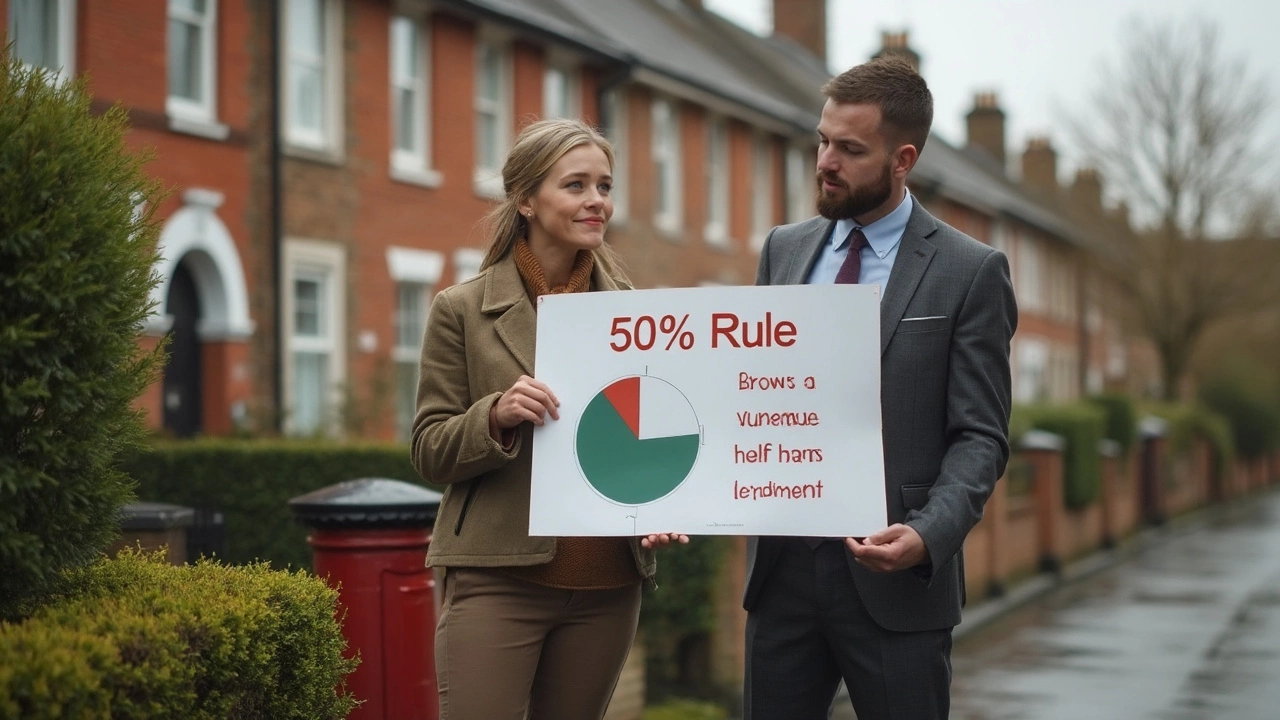Understanding the 50% Rule for Rental Properties
Ever wonder why some investors seem to snap up a house and make money while others struggle? One quick shortcut they use is the 50% rule. In plain terms, it says roughly half of the rent you collect will go toward operating costs – things like repairs, insurance, taxes, and management fees. If you can picture that split, you instantly know whether a property might be a good cash‑flow play.
How the Rule Works in Real Life
Take a property that rents for £1,200 a month. Applying the 50% rule, you assume about £600 will cover expenses. That leaves you with £600 before the mortgage payment. If your mortgage is £450, you still have £150 of net cash flow each month – a modest but positive return.
The rule isn’t a hard law; it’s a sanity check. Some properties have low repair costs and cheap insurance, so expenses might be closer to 40%. Others, especially older flats, can push past 60% because of frequent fixes. Use the rule as a first filter, then dig into the numbers for a specific buy.
Step‑by‑Step: Using the 50% Rule on a New Listing
1. **Find the rent** – Look at current listings or ask local agents for average market rent. 2. **Apply the 50% split** – Divide that rent by two to get an estimated expense figure. 3. **Calculate mortgage** – Use a mortgage calculator with the purchase price, deposit, and interest rate you expect. 4. **Compare** – Subtract the mortgage from the post‑expense rent. If the result is positive, the property passes the rule. 5. **Validate** – Check actual tax bills, council rates, and any known repair history. Adjust the expense estimate if needed.
Running these numbers takes only a few minutes, yet it weeds out deals that would bleed cash. It also highlights where you might negotiate – maybe a lower purchase price or a higher rent can swing the balance.
Remember, the 50% rule ignores the profit you aim to make, so after you clear the mortgage you still need a buffer for vacancy periods or unexpected big repairs. A common tweak is to set aside 5% of the rent each month as a reserve fund.
Finally, don’t let the rule stop you from looking at properties that break the pattern but still make sense. A well‑located student flat might have higher expenses but also higher rent growth potential. Use the rule as a guide, not a jailer.
By keeping the 50% rule in your toolbox, you can screen listings faster, stay realistic about cash flow, and avoid costly surprises down the road.

50% Rule in Rental Property: How It Works and Why It Matters
The 50% rule is a quick math trick to estimate if a rental property is worth the investment. It says around half the rental income will probably get eaten up by expenses before you can even think about your mortgage. This article explains exactly what the 50% rule is, where it comes from, and how it stacks up in real life. Learn how to use it (or not) for your property decisions, with straight-shooting advice and real-life tips. Avoid common traps and make smarter choices by understanding this simple yet powerful rule.